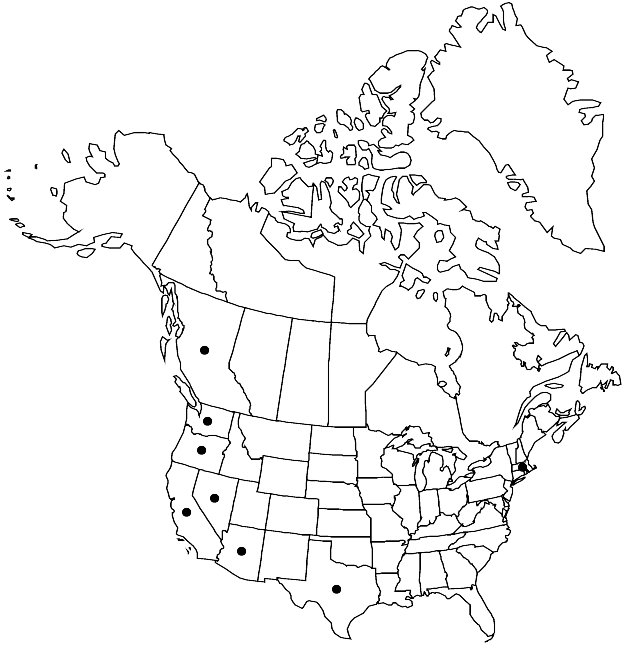Sisymbrium orientale
Cent. Pl. II, 24. 1756.
Annuals; glabrous or pubescent. Stems erect, branched distally, (1–)2–7(–8.5) dm, sparsely to densely (soft) pubescent at least basally, usually glabrous distally. Basal leaves rosulate; petiole (1–)2–5(–9) cm; blade broadly oblanceolate to oblong-oblanceolate (in outline), 3–8(–10) cm × (10–)20–40(–60) mm, margins runcinate-pinnatipartite; lobes 2–5 on each side, oblong or lanceolate, much smaller than terminal lobe, margins subentire or dentate, (terminal lobe lanceolate, deltate, or often hastate). Cauline leaves similar to basal; (distalmost) blade with 1 or 2 lobes on each side, much smaller than terminal lobe, (terminal lobe narrowly lanceolate, linear, or hastate). Fruiting pedicels ascending to subdivaricate, stout, nearly as wide as fruit, 3–6 mm. Flowers: sepals ascending, oblong, 3.5–5.5 × 1–2 mm; petals spatulate, (6–)7–9(–10) × 2.5–4 mm, claw 3–5.5 mm; filaments (4–)5–8 mm; anthers oblong, 1–1.8 mm. Fruits narrowly linear, straight, smooth, stout, (5–)6–10(–13) cm × 1–1.5 mm; valves glabrous or pubescent; ovules (60–)80–100(–140) per ovary; style (subclavate), 1–3(–4) mm; stigma prominently 2-lobed. Seeds 1–1.5 × 0.7–0.9 mm. 2n = 14.
Phenology: Flowering Mar-early Jun.
Habitat: Waste grounds, roadsides, disturbed sites
Elevation: 0-1300 m
Distribution

Introduced; B.C., Ariz., Calif., Mass., Nev., Oreg., Tex., Wash., Europe, sw Asia, n Africa, introduced also in Central America, South America, Australia.
Discussion
Selected References
None.